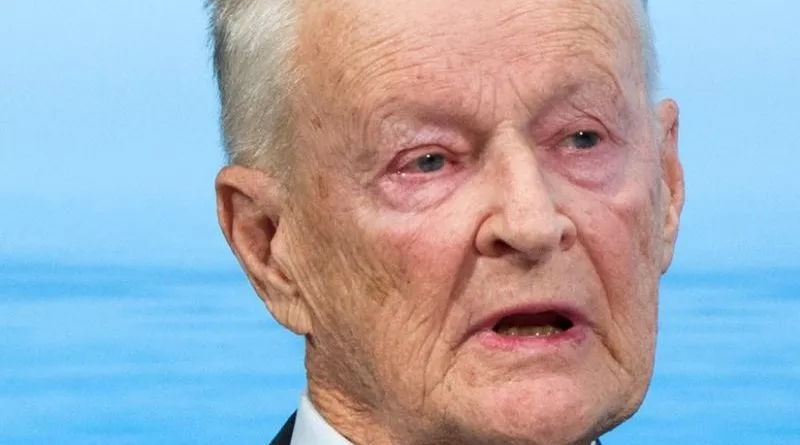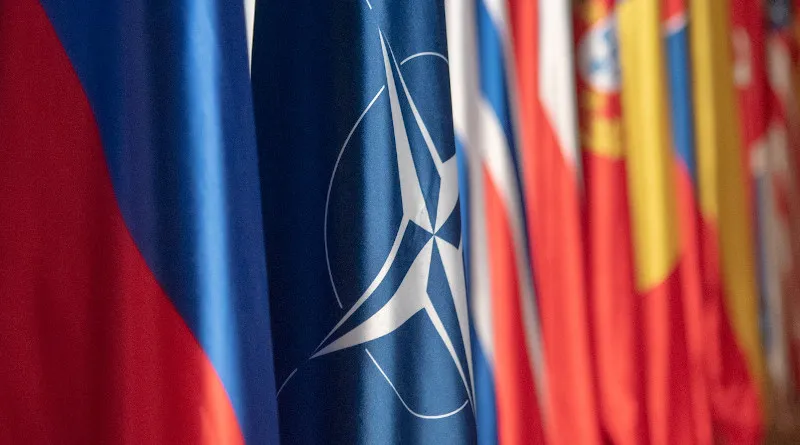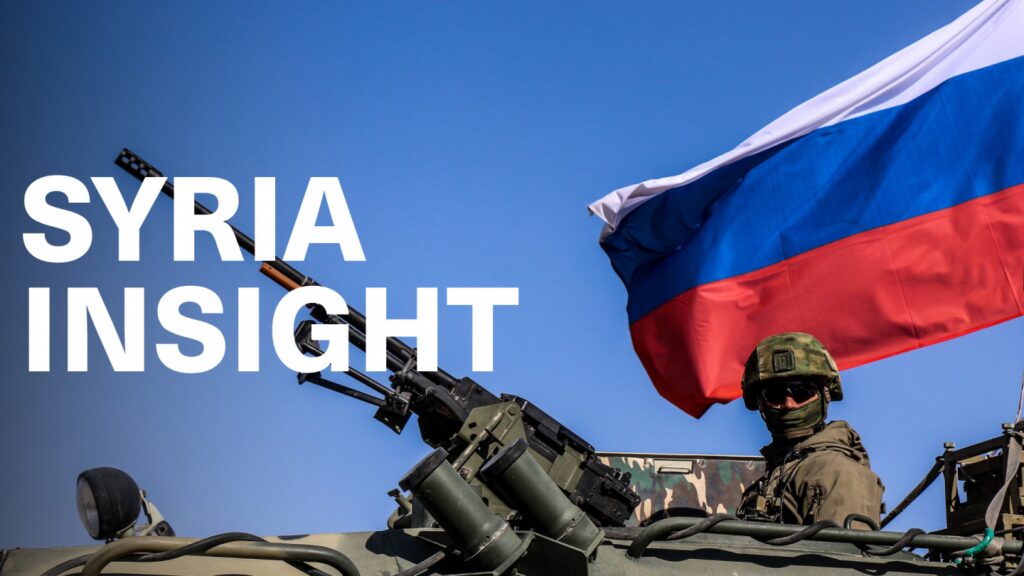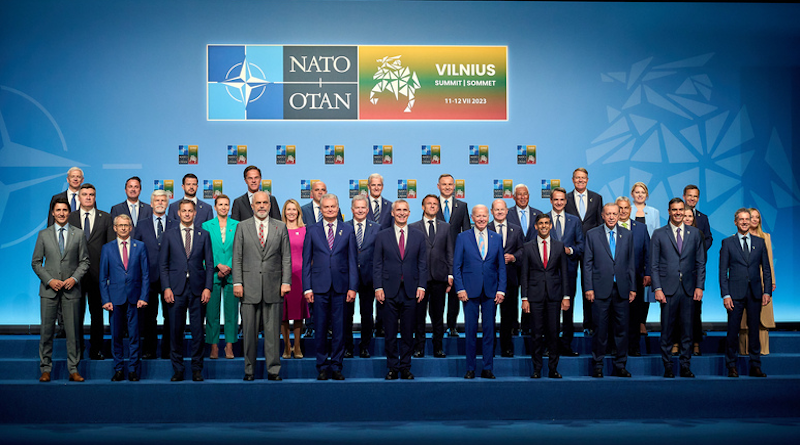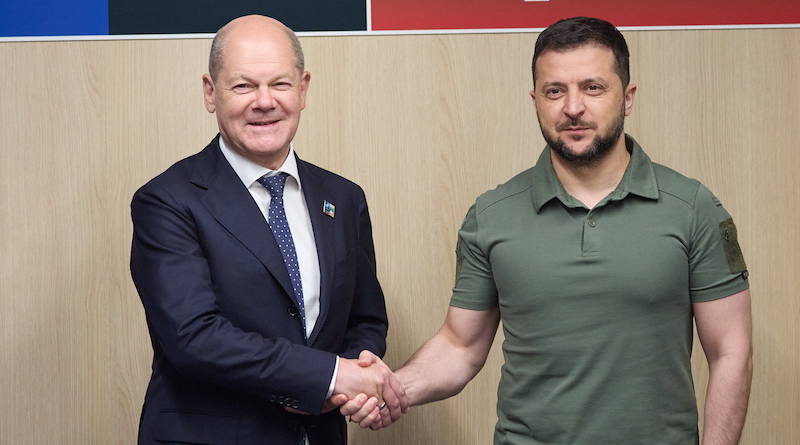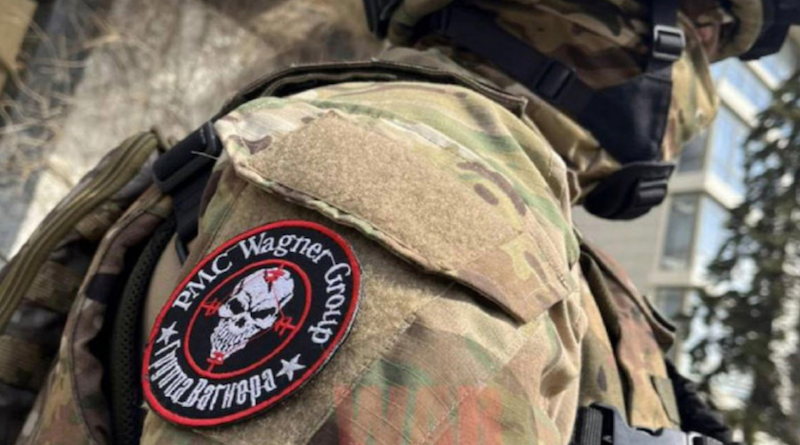From Rebellion To Anarchy: How Prigozhin’s Rebellion Exposed Russia’s Legal Decay – OpEd
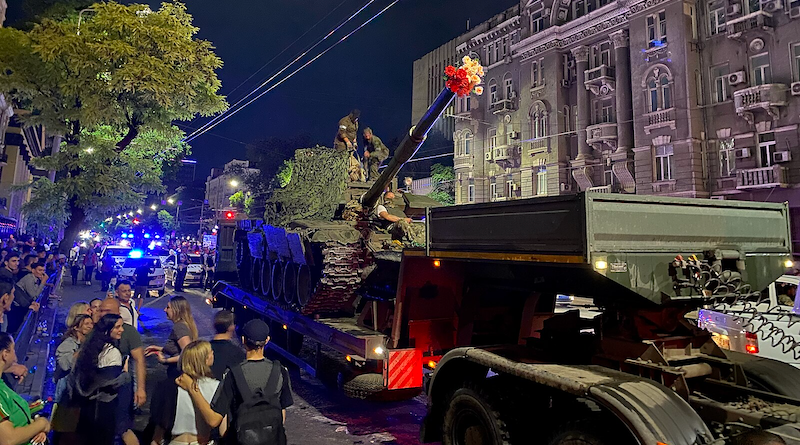
Opponents of the Kremlin, as well as independent political scientists, have rightfully emphasized the enduring ramifications of the Prigozhin’s rebellion, an event that has captivated attention in June 2023.
While experts believe that its impact will be enduring, the failed uprising has already provided a revealing glimpse into the evolving landscape of the legal framework in Russia. It has become evident that the once formidable criminal laws, often weaponized against perceived “enemies of the state,” are now nothing more than a facade. Today, the anti-terrorist statutes within the Criminal Code have proven ineffective against the rebel faction. In the near future, they will similarly fail to withstand the actions of ordinary activists who bravely display banners advocating for change in close proximity to the Kremlin.

